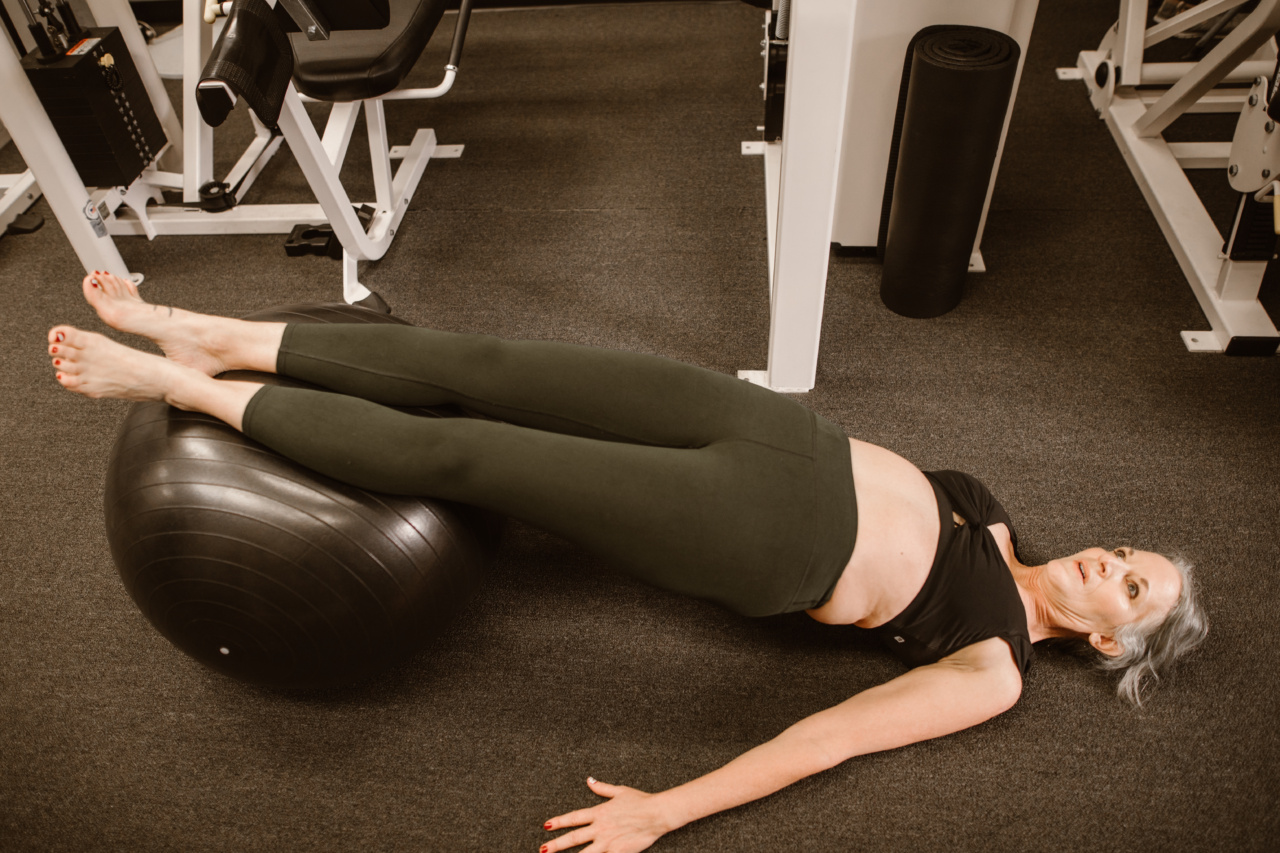Menopause is a natural process in a woman’s life that occurs when her reproductive years come to an end. This stage can be characterized by various symptoms such as hot flashes, mood swings, irritability, vaginal dryness, and sleep disturbances.
While some women undergo menopause without symptoms, others experience extreme discomfort that affects their quality of life.
Hormonal changes during menopause can affect the nervous and endocrine systems, leading to anxiety, depression, and other conditions that require medical attention.
Fortunately, yoga is an effective way to help reduce the symptoms of menopause by promoting physical and mental wellness. In this article, we will discuss how yoga can help women overcome symptoms of menopause.
1. Calming Yoga Poses
The first thing to understand is that during menopause, stress levels are high, and hormonal imbalances can lead to anxiety, agitation, and mood swings. Practicing calming yoga poses can help reduce feelings of anxiety and stress.
The following calming yoga poses can help you restore balance to your mind and body:.
- The Child’s Pose
- The Forward Fold
- The Legs-Up-The-Wall Pose
- The Cat and Cow Pose
- The Corpse Pose (Shavasana)
2. Cooling Yoga Poses
When women experience hot flashes and sweating, yoga can help alleviate these discomforts. Certain yoga postures can help women cool down and reduce the severity and frequency of hot flashes.
The following yoga poses can help women cool down:.
- The Goddess Pose
- The Camel Pose
- The Wide-Legged Forward Bend
- The Triangle Pose
- The Downward Facing Dog Pose
3. Increasing Bone Density
During menopause, women lose bone density, leading to osteoporosis. Regular yoga practice can help increase bone density and strengthen bones.
The following yoga poses can help increase bone density:.
- The Warrior Poses
- The Chair Pose
- The Tree Pose
- The Eagle Pose
- The Bridge Pose
- The Cobra Pose
- The Triangle Pose
4. Relieving Pain and Discomfort
Yoga can help alleviate symptoms such as joint pain, headaches, and other aches and pains during menopause. Certain yoga poses can target specific areas of the body to provide relief.
The following yoga poses can help relieve pain and discomfort during menopause:.
- The Pigeon Pose
- The Shoulder Stand
- The Fish Pose
- The Sphinx Pose
- The Seated Twist
- The Supine Spinal Twist
5. Improving Sleep Quality
Lack of sleep is a common problem during menopause, leading to irritability, fatigue, and other issues. Practicing yoga before bed can help to improve sleep quality and duration.
The following yoga poses can help improve sleep quality during menopause:.
- The Child’s Pose
- The Seated Forward Fold
- The Supine Spinal Twist
- The Legs-Up-The-Wall Pose
- The Corpse Pose (Shavasana)
6. Boosting Mood and Energy
A regular yoga practice can help women feel more positive and energetic during menopause. Certain yoga postures can boost mood and energy levels by increasing blood flow and oxygen to the brain.
The following yoga poses can help boost mood and energy levels:.
- The Warrior Poses
- The Tree Pose
- The Downward Facing Dog Pose
- The Cobra Pose
- The Bridge Pose
- The Cat and Cow Pose
7. Finding Emotional Equilibrium
Menopause is a time of transition that can lead to emotional imbalances such as anxiety, depression, and irritability. Practicing yoga can help women find emotional equilibrium and create a positive outlook on life.
The following yoga poses can help women find emotional equilibrium:.
- The Eagle Pose
- The Camel Pose
- The Cat and Cow Pose
- The Child’s Pose
- The Standing Forward Fold
In Conclusion
Menopause is a natural process in a woman’s life that can be challenging due to the various symptoms it entails. Yoga is an effective way to help support women’s mental and physical well-being during this significant life transition.
Incorporating yoga into your daily routine can be a great way to help alleviate menopausal symptoms.
Practicing calming and cooling yoga poses coupled with postures that increase bone density, relieve pain and discomfort, improve sleep quality, boost mood and energy levels, and foster emotional equilibrium can help restore balance and create a positive outlook on life.






























